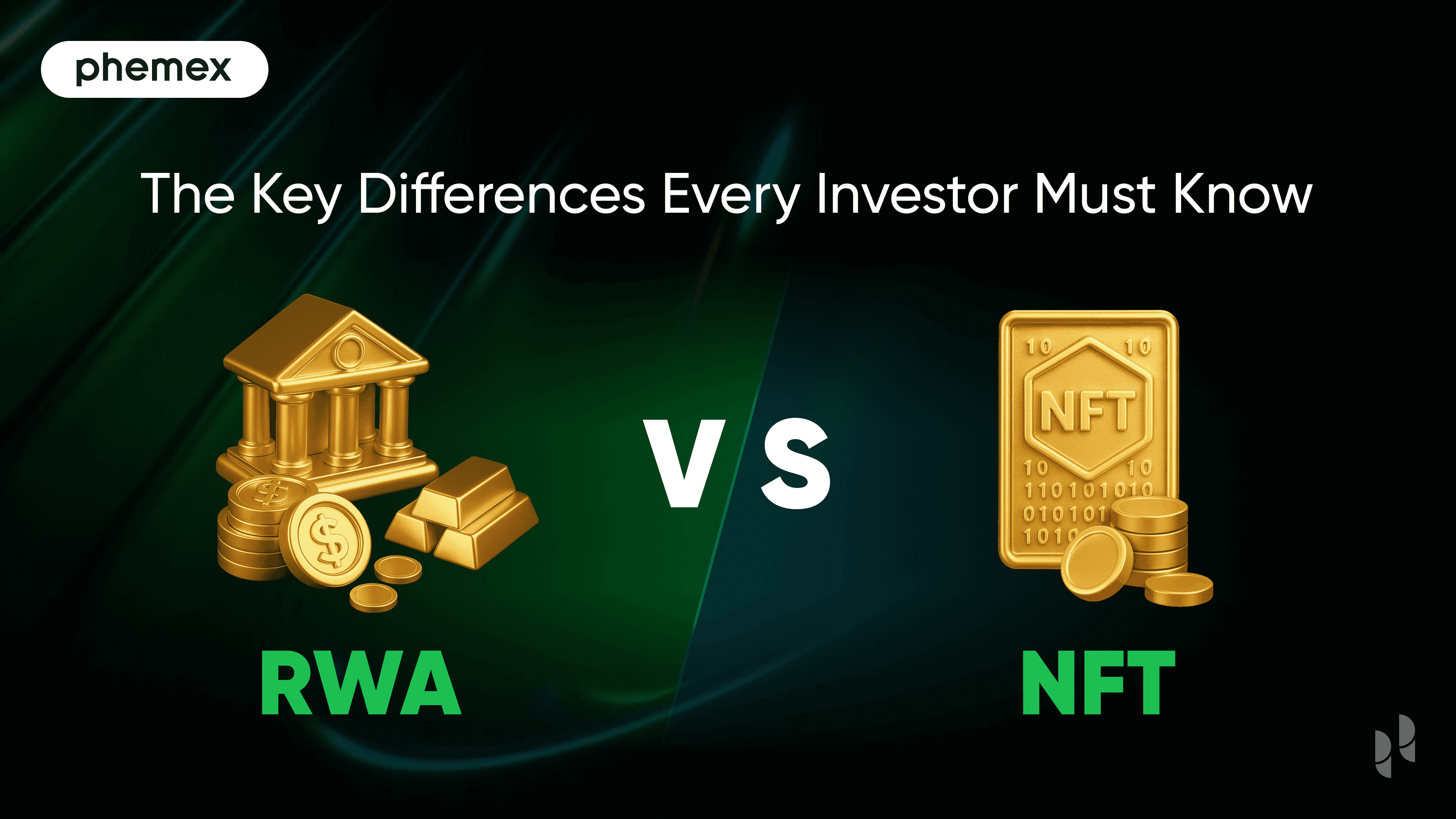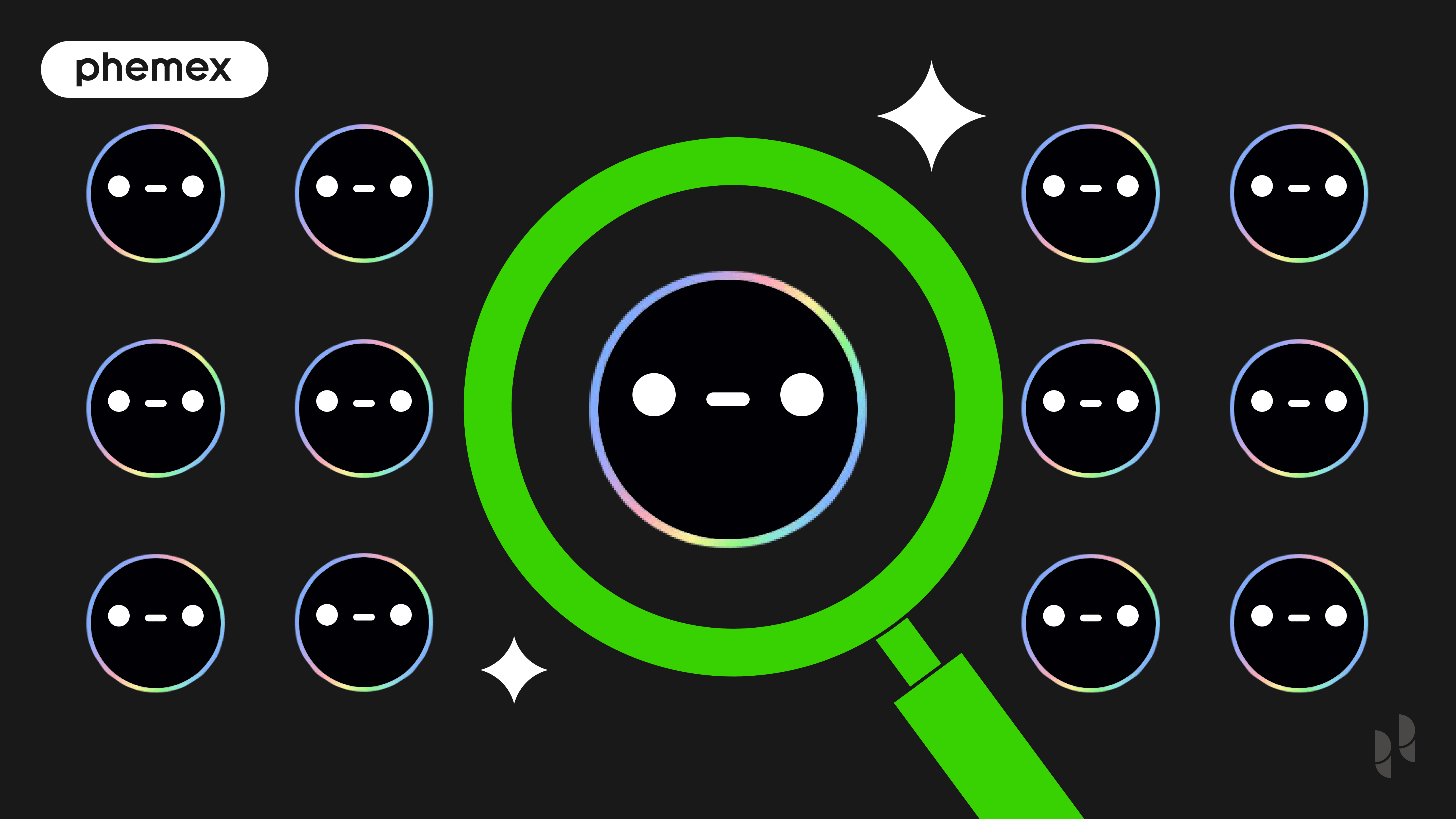What is Ordinals (ORDI) Crypto?
Ordinals (ORDI) represents a pioneering force in the cryptocurrency landscape, operating on the innovative Ordinals protocol, a system grounded in blockchain technology. Its main goal is to create a decentralized hub for digital assets, with a focus on the inscription of digital content onto satoshis, Bitcoin's smallest unit. This novel approach has placed ORDI as a leading figure in the realm of digital assets.
The Ordinals protocol stands out for its ability to inscribe diverse forms of data, including text, images, and audio, onto individual satoshis. This was made feasible by the Taproot upgrade, an important enhancement to the Bitcoin network introduced on November 14, 2021. Ordinals leverages this upgrade to integrate the dynamic world of NFTs into the Bitcoin ecosystem, allowing the creation of unique digital assets known as "Ordinal Inscriptions" on satoshis.
Ordinal Inscriptions go beyond mere digital labels; they capture the essence of the linked digital content. These inscriptions are housed in the witness component of a Bitcoin transaction. While the Bitcoin block size limits primarily restrict these to text and images, this constraint doesn't lessen the vast potential and creativity unleashed by the platform.
The Ordinals project aims to simplify the process of inscribing on Bitcoin and improve wallet functionalities, enabling seamless interaction with Bitcoin NFTs. In line with this vision, platforms like Gamma and Hiro Wallet have emerged, easing the creation and management of Ordinal Inscriptions. These platforms are key in making the Ordinals protocol more accessible and user-friendly, simplifying the buying, selling, and trading of digital assets.
The ORDI coin, marking its uniqueness as the first BRC-20 standard cryptocurrency on the Bitcoin network, has piqued significant interest in the crypto community. The initial distribution of the ORDI supply was largely through an airdrop to users of the Ordinals protocol.
As for the utility of the ORDI token, it holds a central role in the ecosystem of the Ordinals protocol. The digital assets created using this protocol, the ORDI ordinals, have gained attention for their distinctiveness and potential in the evolving NFT world. The Ordinals coin, often referred to as $ORDI, has become synonymous with innovation in the blockchain sector. The Bitcoin Ordinals price and overall Ordinals crypto price have been drawing varied interest, pointing to a bright future for the ORDI token.
How Do Bitcoin Ordinals Work?
To start using Ordinals, users need to download and synchronize the Bitcoin Core software with the blockchain. Once this synchronization is complete, users can then establish an Ordinals wallet. This wallet is specifically designed to handle the unique aspects of Ordinal transactions. Users can transfer satoshis into this wallet to begin their exploration and utilization of the Ordinals protocol.
A distinctive feature of the Ordinals system is the assignment of unique Ordinals Serial Numbers to each satoshi. These serial numbers are crucial for the identification and tracking of each Bitcoin Ordinal, ensuring that each one remains distinct and identifiable. The assignment of these serial numbers is determined by the mining and transfer history of the satoshis, thus creating a chronological order of creation and transfer.
Unlike traditional NFTs, which often link to external data, Ordinals inscriptions are unique in that they embed the data directly onto the satoshis. This method of data storage, which is permanently recorded on the Bitcoin blockchain, provides enhanced levels of security and immutability. This permanence ensures that the data associated with each Bitcoin Ordinal cannot be altered, making it a reliable and secure form of digital asset.
The introduction of the Ordinals protocol has opened up new possibilities in the realm of digital asset creation and ownership within the Bitcoin network. Its innovative approach to data inscription, combined with the growing interest in ORDI crypto, indicates a bright future for Bitcoin Ordinals. This blend of technological innovation and investment potential is rapidly positioning Bitcoin Ordinals as a noteworthy development in the ever-evolving landscape of blockchain and cryptocurrency.
How to Use Bitcoin Ordinals Protocol
One of the key features of the Ordinals protocol is its ability to facilitate the creation of NFTs directly on the Bitcoin blockchain. This is a notable departure from the traditional approach of minting NFTs on platforms like Ethereum or other blockchains. In the Ordinals system, inscriptions are embedded within the Bitcoin blockchain itself. This integration ensures the permanence and immutability of the NFTs, significantly enhancing their authenticity and durability. Such a feature is crucial in the digital asset space, where the provenance and longevity of assets are of paramount importance.
The protocol opens new avenues for artists and creators, especially in the realm of digital art and collectibles. Using the Ordinals protocol, these creators can mint their digital artwork and collectibles, with each inscribed satoshi representing a unique digital item. These items are securely stored on the blockchain and can be transferred through standard Bitcoin transactions. This advancement in the Bitcoin ecosystem has broadened the horizons for digital art and collectibles, marking a significant shift in the way digital art is perceived, created, and traded.
Moreover, the introduction of Ordinals has transformed the core functionality of Bitcoin. Previously perceived primarily as a digital currency or a form of "digital gold," Bitcoin, through the Ordinals protocol, now serves as a foundation for building decentralized applications (dApps), smart contracts, and other innovative blockchain solutions. This enhancement of Bitcoin’s versatility signifies a major step forward in the blockchain technology space, offering a robust and secure platform for a wide range of applications.
The adoption of the Ordinals protocol is also set to drive growth and scalability within the Bitcoin ecosystem. By adding more utility and functionalities to Bitcoin, the protocol encourages the development of larger block sizes and an increase in the number of transactions. This, in turn, incentivizes miners and contributes to the expansion of the overall value that is transacted and secured on the Bitcoin blockchain, enhancing the network's overall strength and resilience.
Another significant aspect of the Ordinals protocol is its capability for tamperproof and transparent data storage. The data associated with Ordinals inscriptions on the Bitcoin blockchain is highly durable, immutable, and secure. This feature is invaluable for applications that require reliable and transparent data storage, such as in cases of proof of ownership, certificates, and the archival of historical records. The integrity and security offered by this method of data storage present a compelling argument for the use of the Bitcoin blockchain in a variety of sectors, ranging from art and collectibles to legal and historical documentation.
What Is ORDI Coin Used for?
The ORDI coin, a native BRC-20 utility token, is fundamental to the functionality of the Ordinals project, an innovative platform aimed at transforming the digital asset marketplace. The project's user-centric features, such as a drag-and-drop NFT creator and an integrated wallet, highlight its commitment to accessibility and ease of use.
Utility of ORDI Coin
The ORDI token is essential to the Ordinals platform, supporting various transactions. It facilitates the buying, selling, and trading of digital assets in a decentralized, transparent, and secure way. This functionality elevates the ORDI token's utility, making it a crucial part of the Ordinals ecosystem.
Trading and Investment Opportunities
ORDI crypto is tradable on various platforms, including the KuCoin Spot Market. ORDI's versatility allows for trading against other cryptocurrencies, offering chances to profit from market movements. The ORDI coin price and overall Ordinals price fluctuate, mirroring the dynamic cryptocurrency market landscape.
For those considering long-term investment, holding ORDI could be a viable strategy, particularly for those who believe in the potential of Bitcoin Ordinals and BRC-20 tokens. However, as with any investment, it's important to conduct thorough research before making trading decisions.
Market Dynamics and Price Movements
The ORDI ordinals and $ORDI token have captured the crypto community's attention, with many monitoring the ORDI crypto price and ORDI token price. These metrics are crucial for gauging the market perception and value of the Ordinals coin.
Ordinals Price Prediction Indicators
Moving averages are popular tools for predicting Ordinals prices. A moving average calculates the average closing price for ORDI over a set period, divided by the number of periods. For instance, a 12-day simple moving average is the sum of ORDI's closing prices over the last 12 days, divided by 12.
In addition to the simple moving average (SMA), traders also use the exponential moving average (EMA), which assigns more weight to recent prices, responding more swiftly to price changes.
The 50-day, 100-day, and 200-day moving averages are widely used in crypto to identify key resistance and support levels. A rise above any of these averages typically indicates bullishness for Ordinals, while a drop below them suggests market weakness.
Traders also employ RSI and Fibonacci retracement level indicators to predict the future direction of the ORDI price.
What Affects the Price of Ordinals?
Ordinals' price dynamics are driven by supply and demand, influenced by fundamental events like block reward halvings, hard forks, or protocol updates. Regulations, adoption by companies and governments, cryptocurrency exchange hacks, and other real-world events also impact ORDI's price. The market capitalization of Ordinals can change significantly in a short period.
When forecasting Ordinals, many traders monitor the activities of ORDI "whales," entities and individuals controlling large amounts of ORDI, as they can significantly influence price movements.
How to Read Ordinals Charts and Predict Price Movements?
Most traders favor candlestick charts, which offer more information than simple line charts. These charts display candlesticks representing Ordinals' price action at different intervals, such as 5-minute or weekly candlestick charts for short-term or long-term trends, respectively. Popular choices include 1-hour, 4-hour, and 1-day candlestick charts.
Using a 1-hour candlestick chart as an example, each candlestick shows the opening, closing, highest, and lowest prices of Ordinals within that hour.
The candle's color is also informative: a green candle indicates a closing price higher than the opening price, while a red candle indicates the opposite. Some charts use hollow and filled candlestick bodies to represent the same information.
Bullish and Bearish Price Prediction Patterns
Traders look for specific candlestick patterns to predict cryptocurrency price movements. Some patterns are considered indicative of bullish price action, while others suggest bearish trends.
Common bullish candlestick patterns include:
- Hammer
- Bullish Engulfing
- Piercing Line
- Morning Star
- Three White Soldiers
Common bearish candlestick patterns include:
- Bearish Harami
- Dark Cloud Cover
- Evening Star
- Shooting Star
- Hanging Man
Read More
- What are Ordinals? Bitcoin Inscriptions Driving Massive Value
- What Is a BRC-20 Token & How does it Work?
- What is Orbs – Bringing Blockchain to the High Street
- What is Initial DEX Offering?
- What is Inscription in Crypto & How does it Work?
- Institutional Investors and Bitcoin: How will they impact Crypto?
- What Is Orion Protocol (ORN): Trade All Exchanges From One Wallet
- What is OHLC Chart: Price Action Predictors








